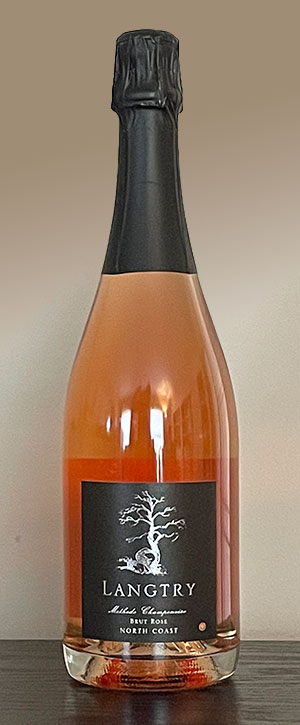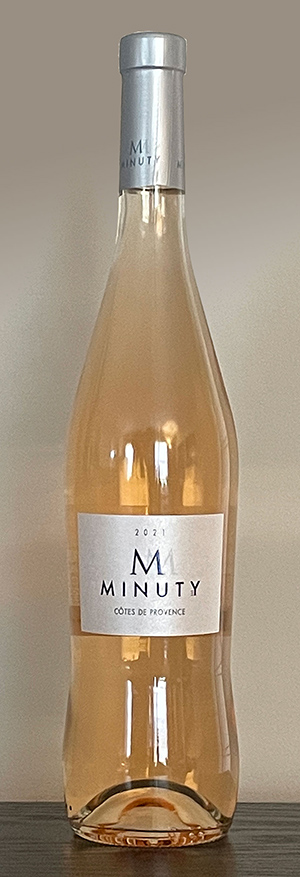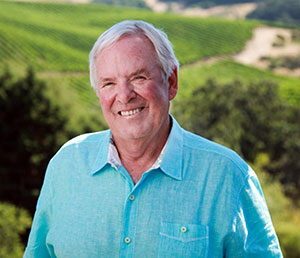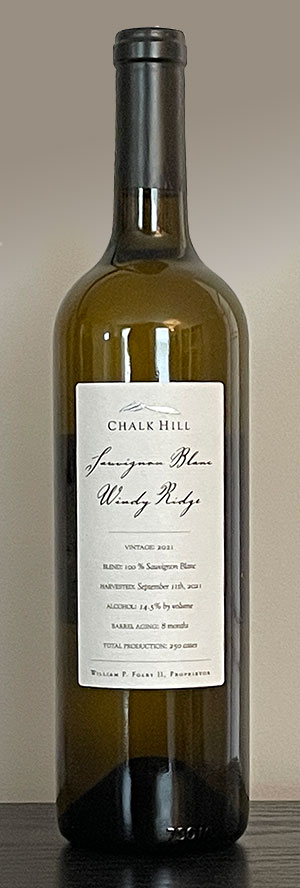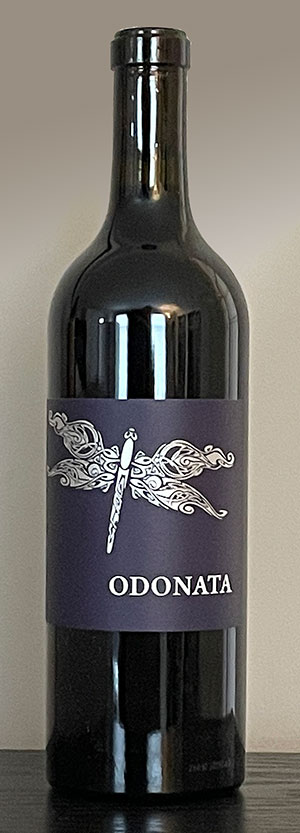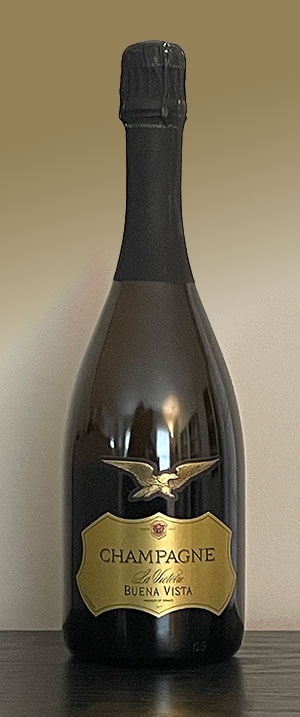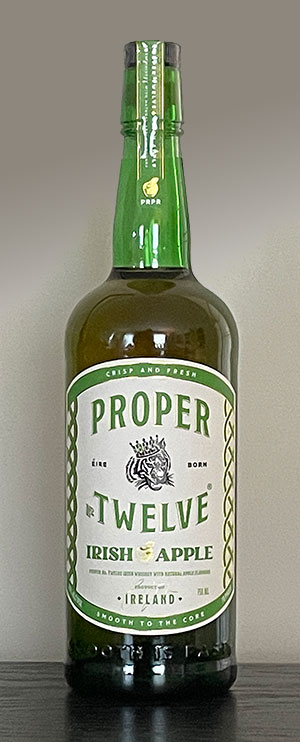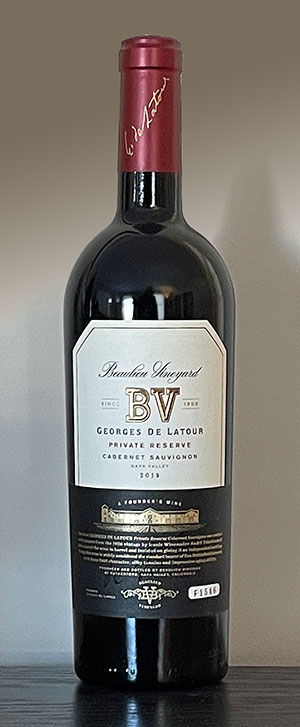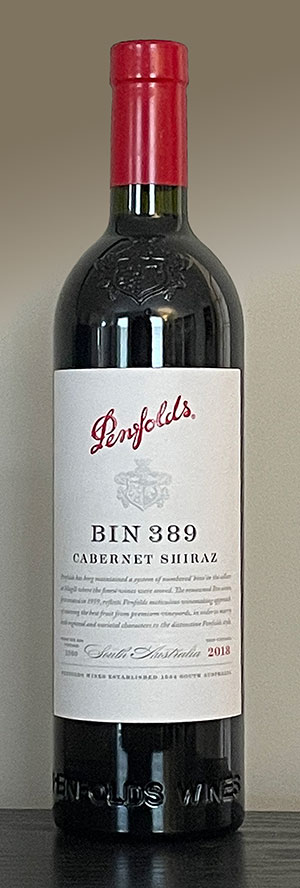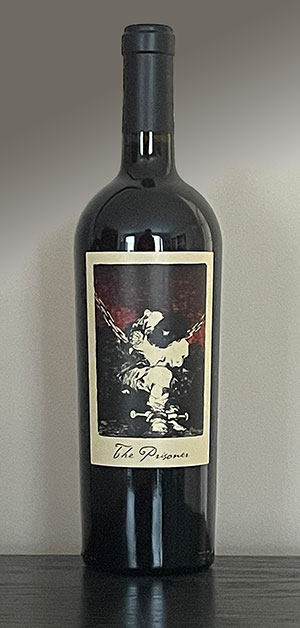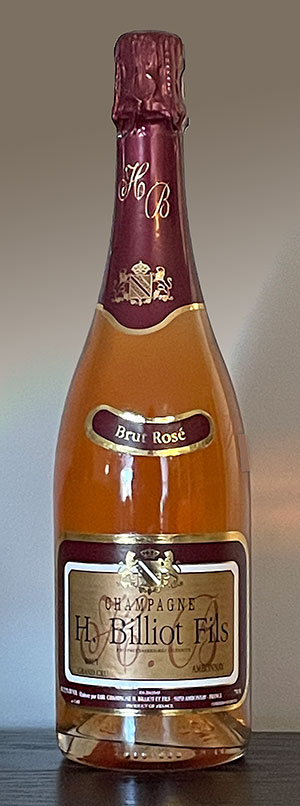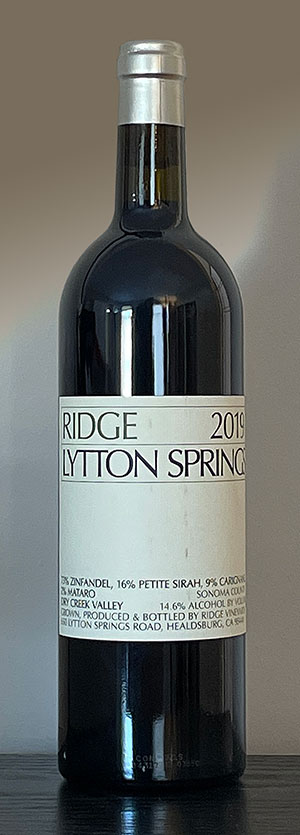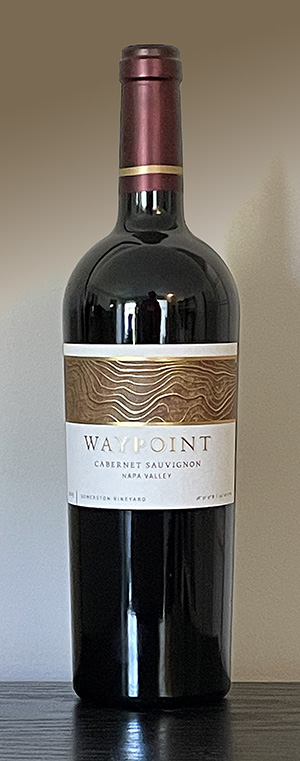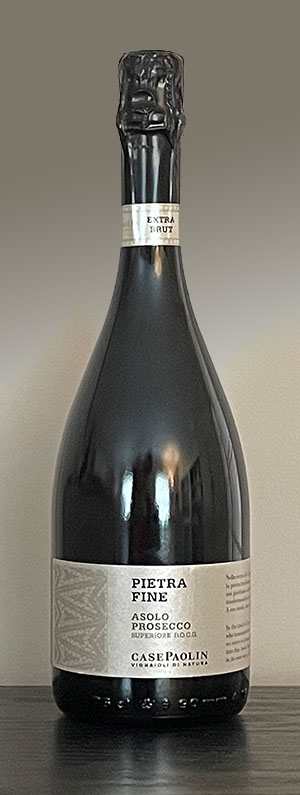
The ancient town of Asolo sits about 40 miles northwest of Venice in Italy’s province of Trevino. The Museo Canoviano is situated here, home to some of the works by Antonio Canova (1757-1822). Canova was the son of a stonecutter and grandson of a stone mason, and was an Italian Neoclassical sculptor famous for his marble sculptures. Indeed, he is often regarded as the greatest of the Neoclassical artists. Pietra Fine is Italian for Fine Stone, an homage to the work of Canova housed in Asolo, as well as the grey stones of one of Paolin’s vineyards that was once a riverbed.
In the early 1970s, Emillio Pozzobon, a farmer from a long ling of farmers, bought the estate where his father and his grandfather had worked as sharecroppers. Although the property had largely been used for the cultivation of silkworms, he devoted himself entirely to growing grapes there. Continue reading “Case Paolin Pietra Fine Asolo Prosecco DOCG”

